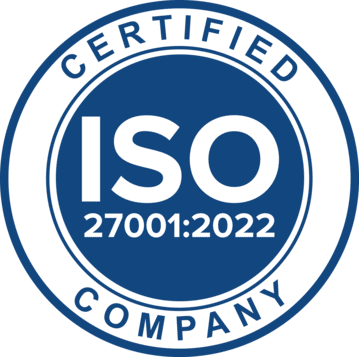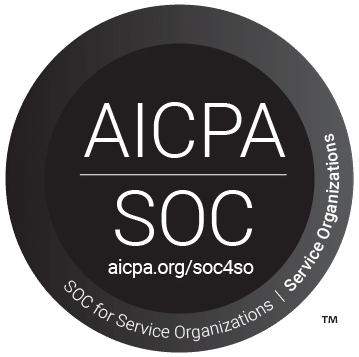Share
Share
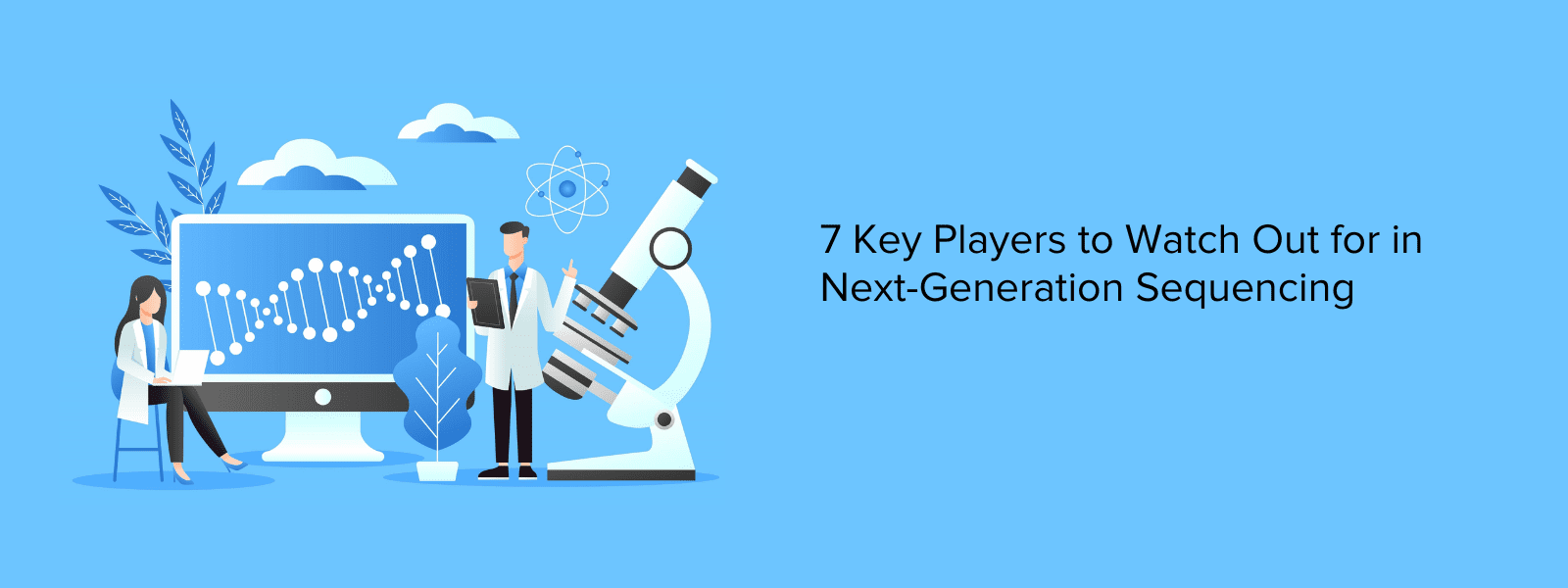
7 Key Players to Watch Out for in Next-Generation Sequencing
Introduction
Our DNA is like a code or recipe for who we are. Unfortunately, our genes can also pass on susceptibility to hereditary diseases such as cystic fibrosis, Parkinson’s, cancer and diabetes. Thankfully, next-generation sequencing (NGS) helps determine the sequence of RNA or DNA to uncover genetic variations related to these diseases. Beyond prognosis, NGS can further help in therapeutic decisions and follow-up of patients. NGS also offers a host of opportunities for personalised medicine.
To get a better idea of this rapidly evolving technology space, we analysed the patent landscape for NGS using PatSeer. We looked up the filing trends for the last 10 years across the Top 5 IPC Main Classes (2021 and 2022 are excluded since the publications are yet to happen for the newly filed applications). We summarised our findings below.
Patent filing trends for the top 5 IPC main classes
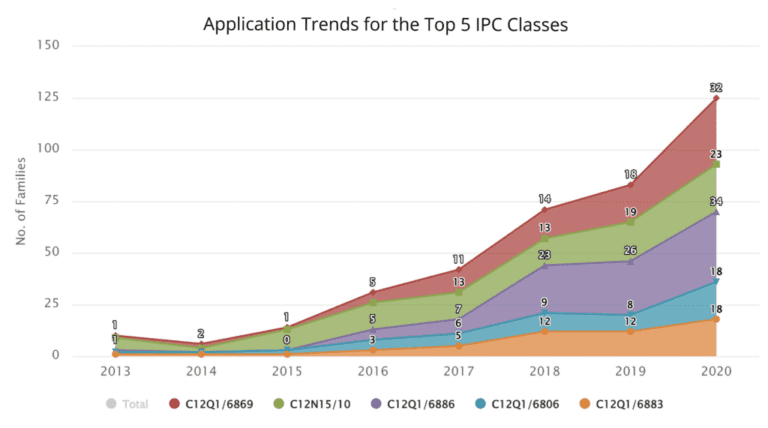
C12Q1/6869 – Methods for sequencing
C12N15/10 – Processes for the isolation, preparation or purification of DNA or RNA
C12Q1/6886 – For cancer
C12Q1/6806 – Preparing nucleic acids for analysis, e.g. for polymerase chain reaction [PCR] assay
C12Q1/6883 – For diseases caused by alterations of genetic material
Key insights:
- The classes C12Q1/6869 (Methods for sequencing) and C12N15/10 (Processes for the isolation, preparation or purification of DNA or RNA) have the most filings. These methods and processes help in finding more efficient ways to maintain human health.
- Similarly, in the remaining IPC classes, there has also been an increase in filings, which helps to gather more data of medical value for future care.
Next, we ran a search to find out who the top 5 key players are for NGS. The graph below depicts leading companies’ research activity across different application areas of NGS.
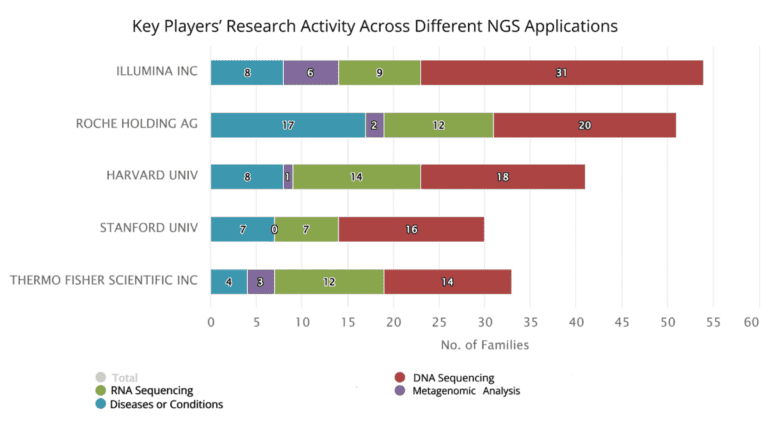
Key insights:
- NGS technology is mostly used for DNA sequencing and Illumina Inc. has the most DNA sequencing-related patents followed by Roche Holding AG, Harvard University, Stanford University, and Thermo Fisher Scientific Inc.
- Almost every company in NGS has patents related to RNA sequencing and diseases or conditions.
- Compared to other companies, Roche Holding AG places a greater emphasis on diseases or conditions along with DNA & RNA sequencing.
- Metagenomic analysis did not see the same volume of filings as other technology areas.
Subsequently, we conducted a search to find out which types of NGS the leading companies have filed patents for.

Key insights:
- The graph shows that every company has patents related to SOLiD technology, but only General Electric Co. is exclusively focused on it, due to its inexpensiveness and built-in accuracy check of 99.94%.
- Following SOLiD technology, some companies have also focused on Sanger Sequencing, Roche 454 Sequencing, and Illumina Sequencing.
- Illumina Inc. has patents covering nearly every form of NGS technology followed by Caris MPI Inc., Harvard University, Roche Holding AG, and Stanford University.
Since NGS has a wide variety of benefits, it is commonly used in personalised medicine. Based on existing data, we expect key universities and companies with active R&D to file patents related to personalised cancer care and tests for gluten or lactose intolerance.


